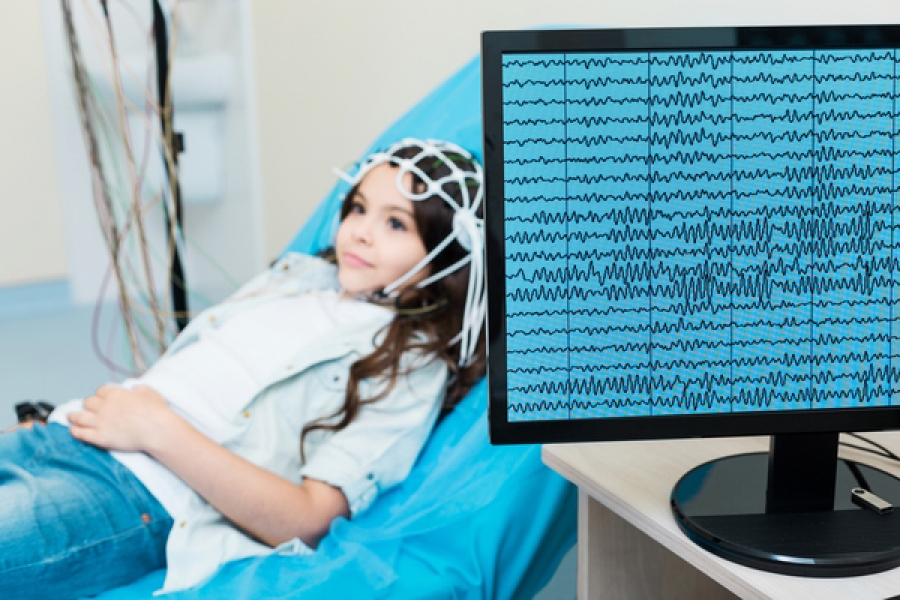Our brains are the power center of our bodies. They’re responsible for the way we think, how we feel, and what we do. And if imbalance or injury occurs, you may struggle with a number of mental health disorders or neurological conditions. As difficult as those are to deal with (and effectively treat), you can better manage your symptoms with the right therapies. qEEG brain mapping, for instance, is an incredibly powerful tool in treating brain-based disorders and injuries. If you’re interested in understanding your brain better and alleviating the symptoms you’re experiencing, a qEEG brain map in DTC might be just what you need.
What is a qEEG brain map?
A qEEG brain map is a non-invasive procedure that measures electrical activity in the brain. With this information, clinicians are able to see how different parts of the brain are functioning and if there are any areas that are underperforming or overperforming. The findings from a qEEG brain mapping session are then used to help create a personalized neurofeedback treatment plan to address the symptoms you’re experiencing.
What is neurofeedback?
Neurofeedback, also called EEG biofeedback, is an all-natural brain training therapy that measures brainwave frequencies to teach better self-regulation. Neurofeedback treatment relies on a reward-based training system that gives patients real-time feedback about the way their brain is functioning.
When your brain is producing brainwave frequencies that are within an optimal range, a video game, movie, or song will play on a screen. When your brain starts producing irregular brainwaves—and the brain is functioning in an undesired state—the video game, movie, or song stops.
With enough practice, your brain will learn how to keep brainwave frequencies within optimal ranges without having to think about it, thus improving overall mental performance and alleviating symptoms associated with injured or imbalanced brains. Neurofeedback can be an effective treatment option for a number of mental health conditions and disorders, including:
- ADHD
- Anxiety
- Autism spectrum disorder (ASD)
- Attachment disorder
- Concussions and TBIs
- Depression
- Mild to moderate memory loss
- Migraines
- Insomnia
- Trauma and PTSD
Some people also choose to complete a qEEG brain map simply to improve their focus, stress levels, and overall cognitive function.
The benefits of qEEG brain mapping
A qEEG brain map not only helps you better understand your brain, but it’s also one of the first steps in working to retrain your brain. Here are five of the top benefits you gain by completing a qEEG brain map:
- Identify irregular brainwave frequencies
- Pinpoint parts of the brain that are contributing to unwanted symptoms associated with stress, sleep, mood, behavior, attention, and overall mental well-being
- Help guide a personalized neurofeedback treatment plan to address the symptoms you’re experiencing
- Provide more information about which medications could be most beneficial in treating your condition
- Help you and your healthcare professionals understand why past treatments have not worked
Take the first steps towards better health with a qEEG brain map in DTC today
If you’re interested in understanding your brain better, reach out to us today at Braincode Centers to learn more about scheduling your qEEG brain map in DTC.

